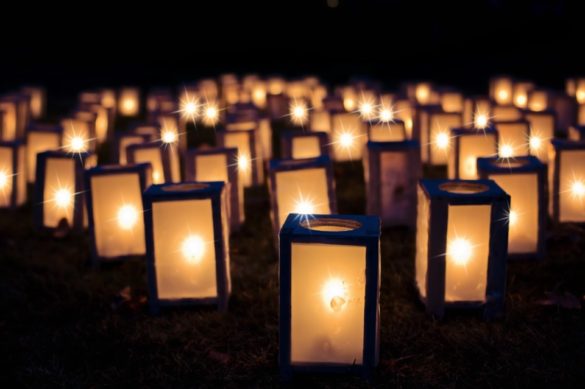
ADVENT WREATH MAKING
SUNDAY NOVEMBER 24
After the 10am service
Advent wreath frames will be available. If you already have a wreath frame and want to join in decorating, please bring your wreath frame to church with you.
A little note about Advent wreathes: Advent wreaths are circular, representing God’s infinite love, and are usually made of evergreen leaves, which “represent the hope of eternal life brought by Jesus Christ.” Within the Advent wreath are candles that generally represent the four weeks of the Advent season as well as the light of God coming into the world through the birth of Jesus Christ; although each of the candles has its own significance as well.
Individually, the candles specifically symbolize the Christian concepts of Hope (week one), Peace (week two), Joy (week three) and Love (week four) Many Advent wreaths also have a white candle in the centre to symbolize the arrival of Christmastide, sometimes known as the Christ candle. It is lit on Christmas Eve or Christmas Day. The Christ candle is white because this is the traditional festal color in the Western Church.
The four surrounding Advent candles are violet and rose, corresponding with the colors of the liturgical vestments for the Sundays of Advent. Violet is the traditional color of penitential seasons. (Blue is also a popular alternative color for both Advent vestments and Advent candles) One interpretation holds that blue means hope and waiting, which aligns with the seasonal meaning of Advent. Rose is the liturgical color for the Third Sunday of Advent, known as Gaudete Sunday from the Latin word meaning “to rejoice”—also from the first line of the traditional entrance prayer (called the Introit) for the third Sunday of Advent; it is a pause from the penitential spirit of Advent. As such, the third candle, representing joy, is often a different color from the other three.




